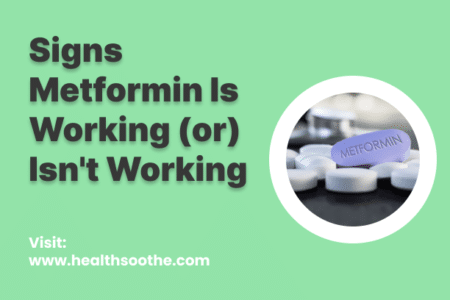Herbicides are chemicals that are used in residential and commercial applications. They are very effective in weeding plant beds and fields. Although, since these herbicides contain a lot of chemicals, it is important to be very careful when handling these products.
Tips to use Herbicides correctly
Herbicides kill plants or prevent them from growing. Read the labels on the product carefully. There have been cases of paraquat poisoning. There are many lawsuits filed by specialist Paraquat Parkinson’s attorneys against the manufacturer, Syngenta. If you suffered from the same, feel free to contact the law firm.
Here’s how to keep yourself safe.
- Avoid spraying herbicides near water bodies.
- Try not to use herbicides on windy days.
- Ensure that children and pets are away from the area of herbicides.
- Buy only the right amount of herbicides.
- Always keep herbicides out of reach of children and pets.
Types of Herbicides

Herbicides are of two main categories. It is important to know the categories to determine which one you need to use.
Selective herbicides - These herbicides kill only certain types of weeds, leaving the other plants intact. This kind of herbicide has all the weeds it kills mentioned on the label. It also mentions the plants it has no effect on. These are useful when treating weeds in gardens and lawns.
These can be further divided into 2 other categories.
- Pre- emergent herbicides - These herbicides are sprayed on the soil. This kills weeds as soon as they emerge from the soil.
- Post emergent herbicides - These herbicides are sprayed on the plants and kill foliage by being absorbed into the plant tissue.
Non-selective herbicides - These herbicides kill almost every plant. These are helpful in clearing an area that has to be newly seeded.
How Herbicides Work

Unless you know how herbicides work, there is a chance that you’d use herbicides incorrectly. Let’s explore how herbicides work.
Selectivity - This is the process by which herbicides select which plants to kill and which ones to leave unharmed. Some herbicides kill broadleaf plants but leave the grass plants alone. Some herbicides are not selective and kill all types of plants.
Selectivity depends on the time and quantity of the herbicide. Most herbicides can kill most weeds if used in large quantities.
Translocation - Some herbicides are absorbed by plants through the stem, leaves and roots. These are called systemic herbicides. There are also herbicides that do not move when they are inside the plant. These are called contact herbicides.
Mode of Action - This is the effect the herbicide has on the plant. Understanding the way herbicides work can help us to know what effect it has on the plants.
Growth Regulator Herbicides - These herbicides control the growth of broadleaf weeds in grass crops such as wheat. These work by upsetting the hormonal balance that regulates cell division, protein synthesis and cell enlargement. This is the reason these herbicides are sometimes also called hormone herbicides.
Photosynthesis Inhibitors - As the name suggests, these herbicides inhibit photosynthesis in broadleaf weeds and also can control weed grass to an extent.
Pigment Inhibitors - These herbicides destroy the green pigment in the leaves. This green pigment is chlorophyll which is responsible for converting light to starch. Without it plants die. The new leaves that sprout have no chlorophyll and are white. These are absorbed by the root and move to the shoot where they inhibit production of chlorophyll. Keep in mind that these herbicides do not destroy existing chlorophyll but inhibit the production of chlorophyll in new leaves.
Although all herbicides are effective on all plants, it’s imperative to equip extra knowledge to know exactly how these herbicides work. Sometimes using the wrong herbicide may cause extensive damage to your plants and soil.



